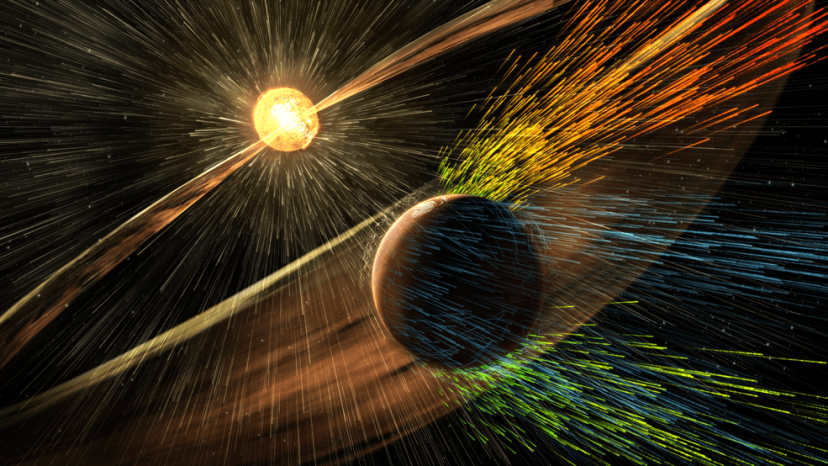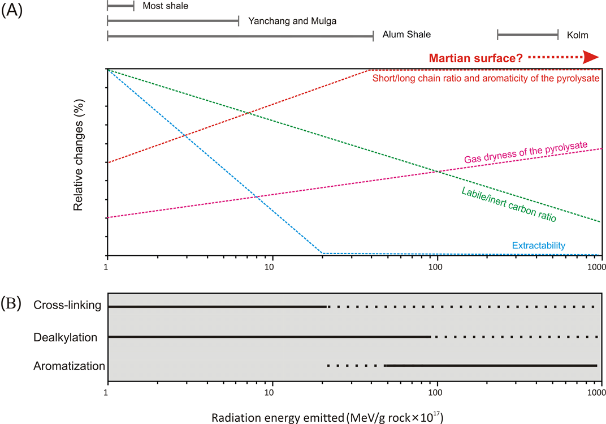Recently, Yang Shengyu, an associate professor from School of Geosciences, has made a major scientific finding regarding the organic matter occurrence on Mars. The work was published on journal Geology, which is a leading geoscience journal in the world, together with scientists from Germany, Denmark and Australia.
Has there ever been life on Mars? And if so, what is left of it? Answers to these questions could be found in a particular rock formation called 'Alum shale', which is found in Scandinavia. An international team of researchers from China, Denmark and Australia lead by the China University of Petroleum has compared what remains when material from special horizons in the alum shale on the one hand and Martian rock on the other is "burned", or more precisely: subjected to so-called pyrolysis in an inert atmosphere. The results are very similar, the researchers write in the journal Geology.

Kolm is the name given to rock lenses of different sizes, which are very rich in organic material. They are found in the alum shale in Scandinavia, which is about half a billion years old. The special feature: The clay rock contains very high proportions of uranium. At the time of deposition about half a billion years ago, algae and other microorganisms lived in shallow waters. The dead material was only covered by thin sediments and was transformed into rock over millions of years. In tectonically active areas at higher temperatures, the organic carbon was altered to crude oil and natural gas, whereas on the Baltic Shield, with only low subsidence rates, the dark uranium-bearing rock lenses called Kolm formed. The oil industry uses the presence of uranium to find clues to oil or gas-producing formations. Geologists, however, realized that radiation also triggers other processes. The bombardment by high-energy particles from the uranium decay changes the fossilized organic material in the Kolm.

Today's Mars has hardly any atmosphere and no magnetic field that would protect it from radiation from space. Therefore, its surface is also exposed to constant bombardment by cosmic radiation. If life had ever existed there, the organic molecules would have been destroyed long ago. But what if there were microorganisms on Mars similar to those on Earth half a billion years ago, which lived in shallow waters, died and petrified? The starting point would be the same as with Kolm on Earth, the radiation lasting millions of years would also be similar.
From studies of the Martian rock we know of conditions there that led to sedimentary rocks, i.e. water bodies, weathering, erosion and deposition. The U.S. Mars rover 'Curiosity' has pyrolysed rocks from the Mars surface. The resulting hydrocarbons are very similar in composition to the hydrocarbons produced by the pyrolysis of Kolm.
This study supports the hypothesis that the newly discovered OM on Mars could be the irradiated residues of ancient lake biota. More pristine OM, possibly with biosignatures, is expected to be encountered in more protected subsurface environments, within 2 m below the Martian surface.
More details: https://pubs.geoscienceworld.org/gsa/geology/article/doi/10.1130/G47171.1/584571/Geological-alteration-of-organic-macromolecules-by
Updated: 2020-05-11